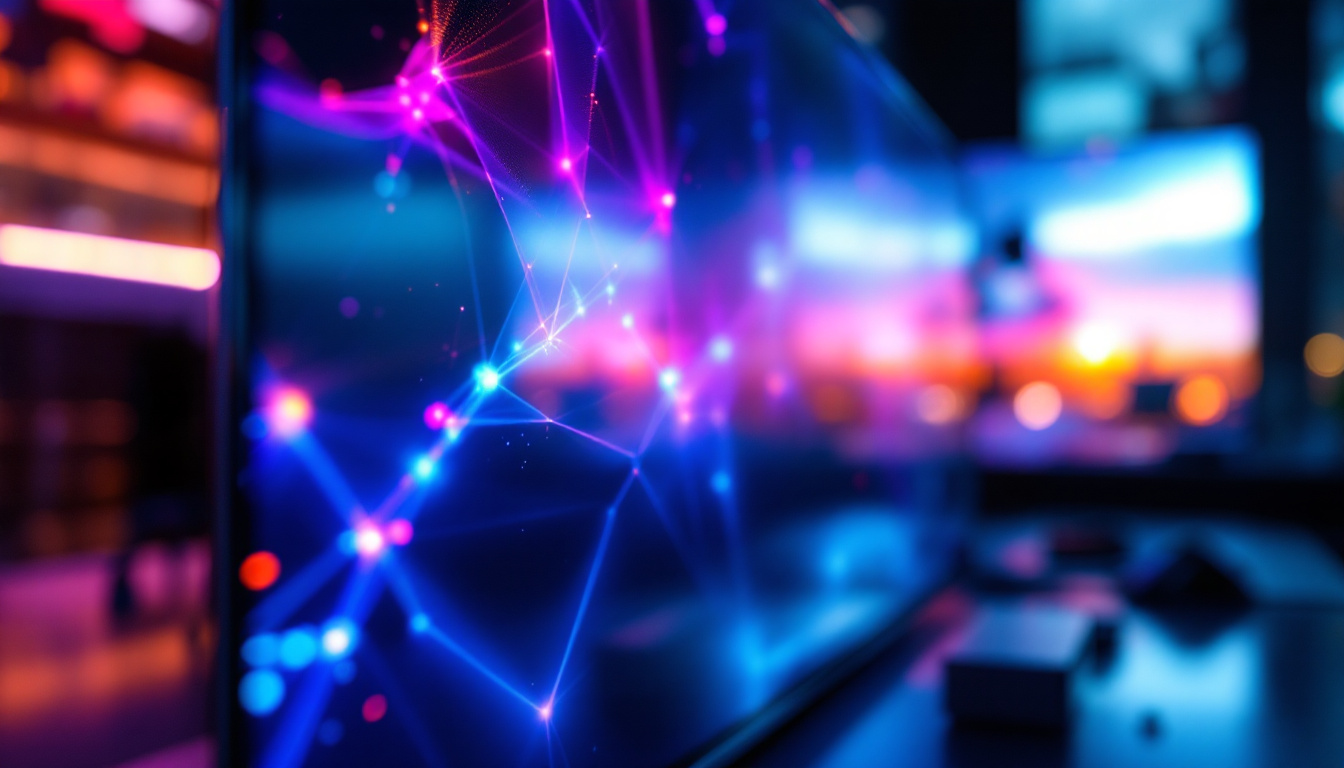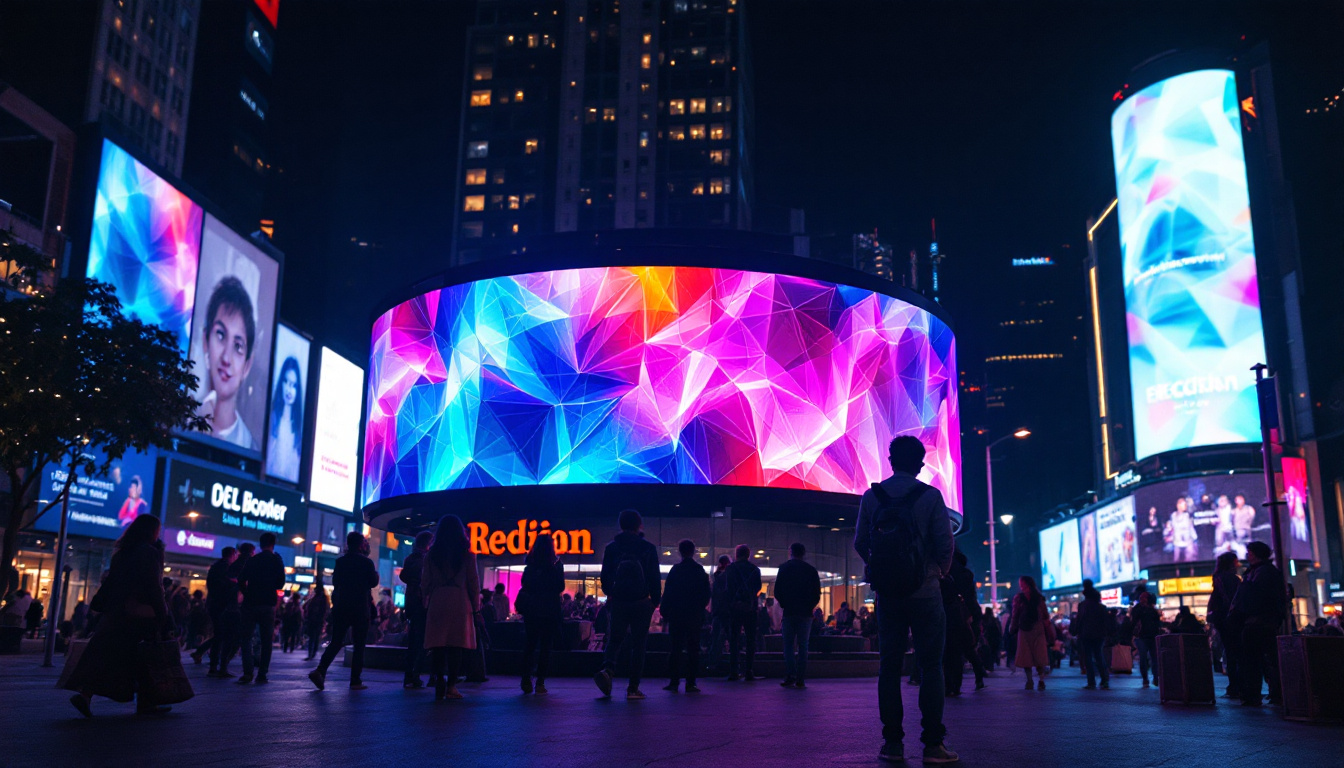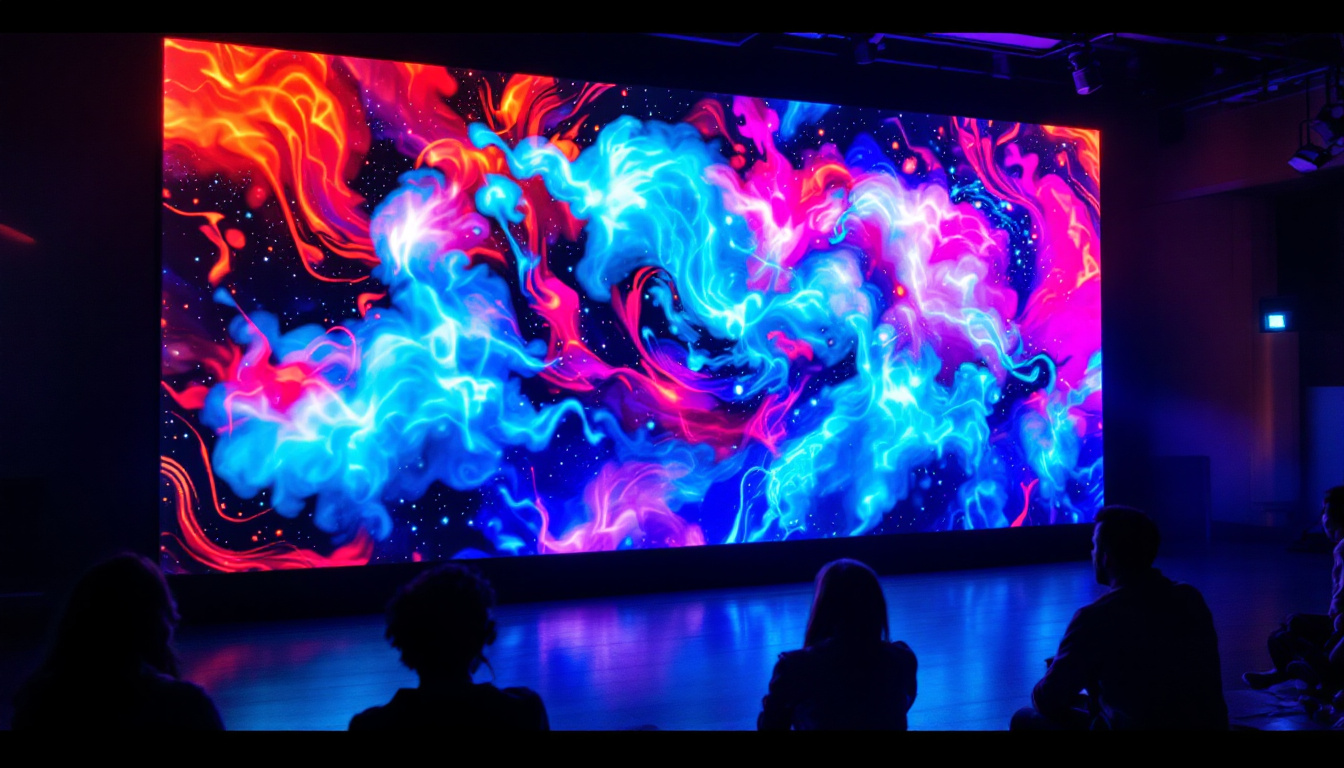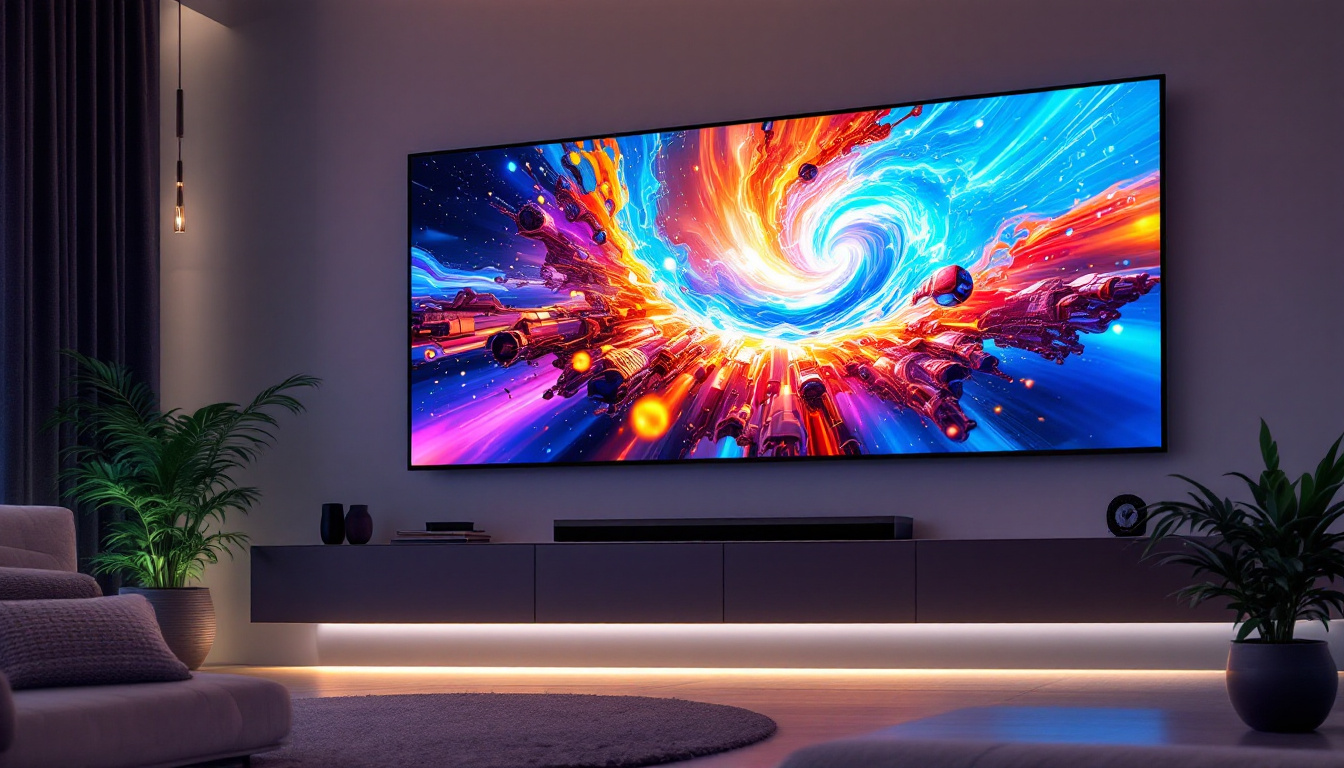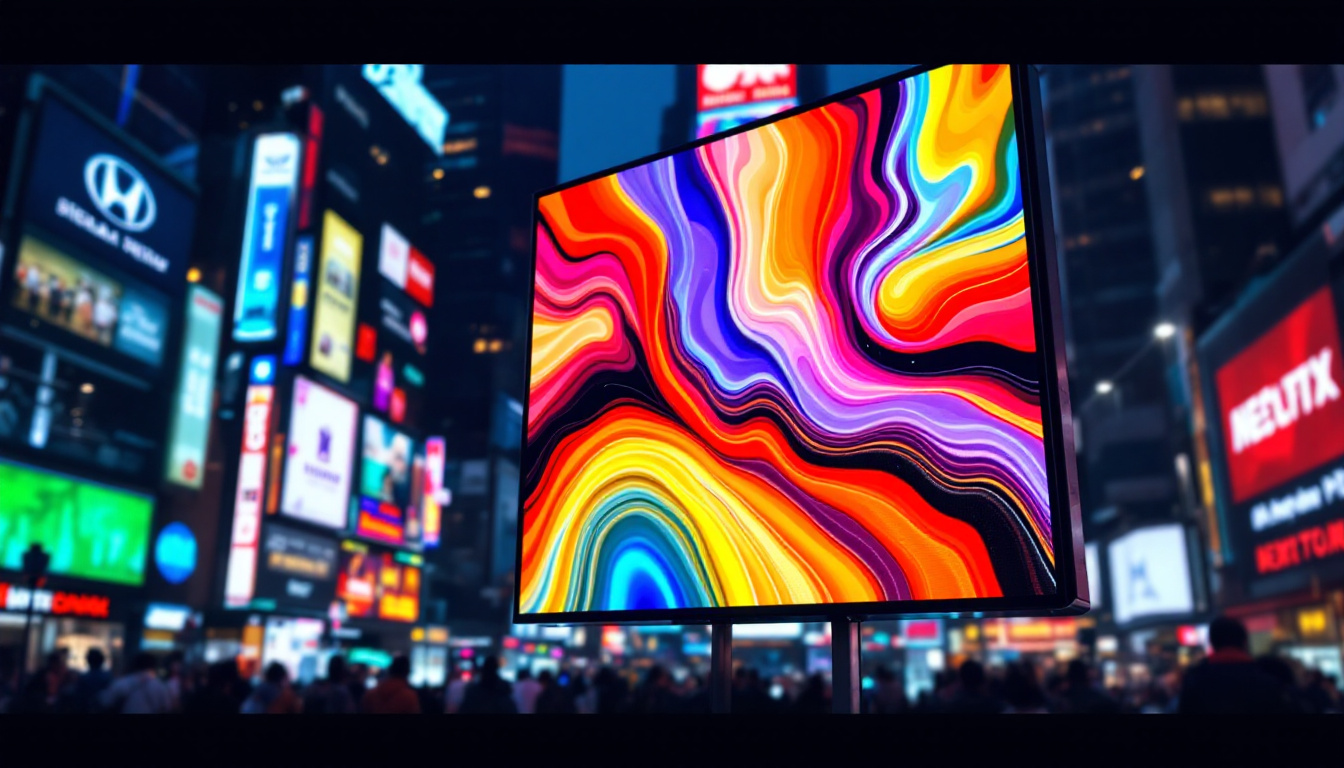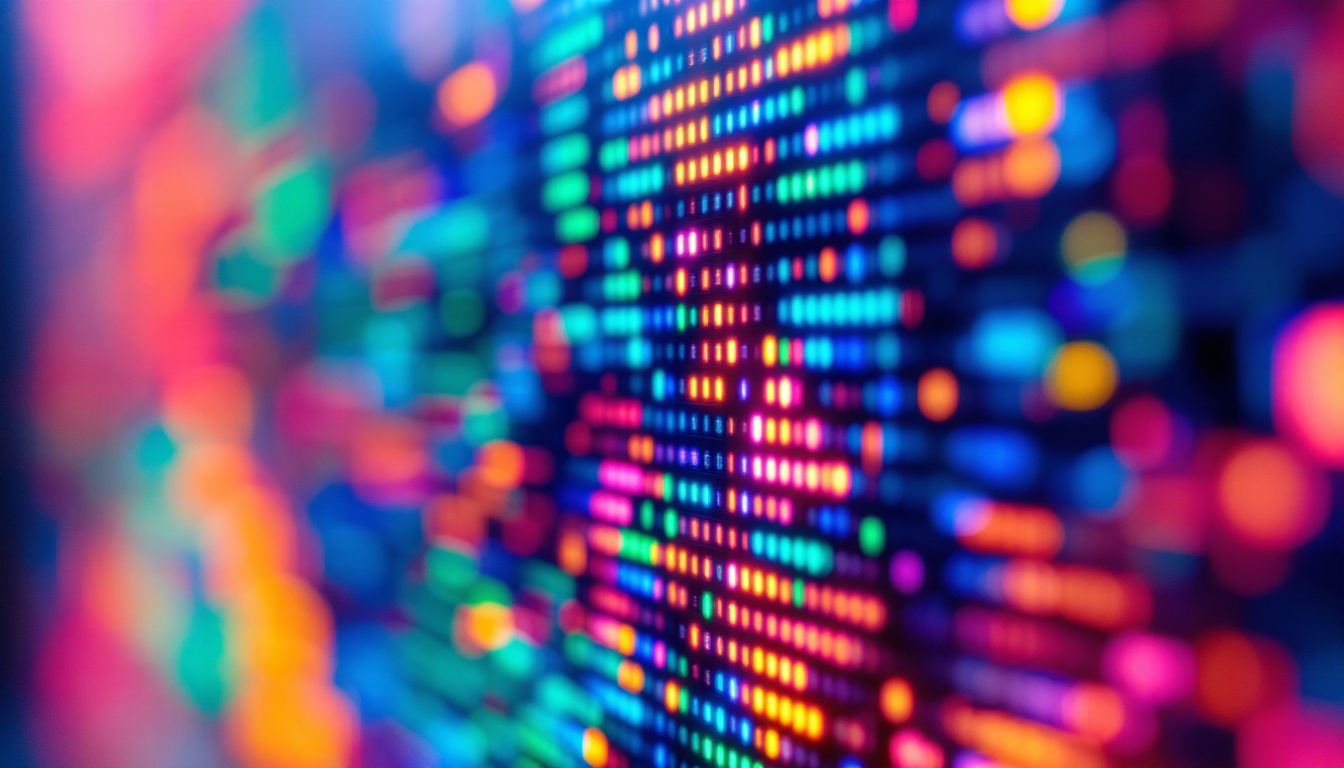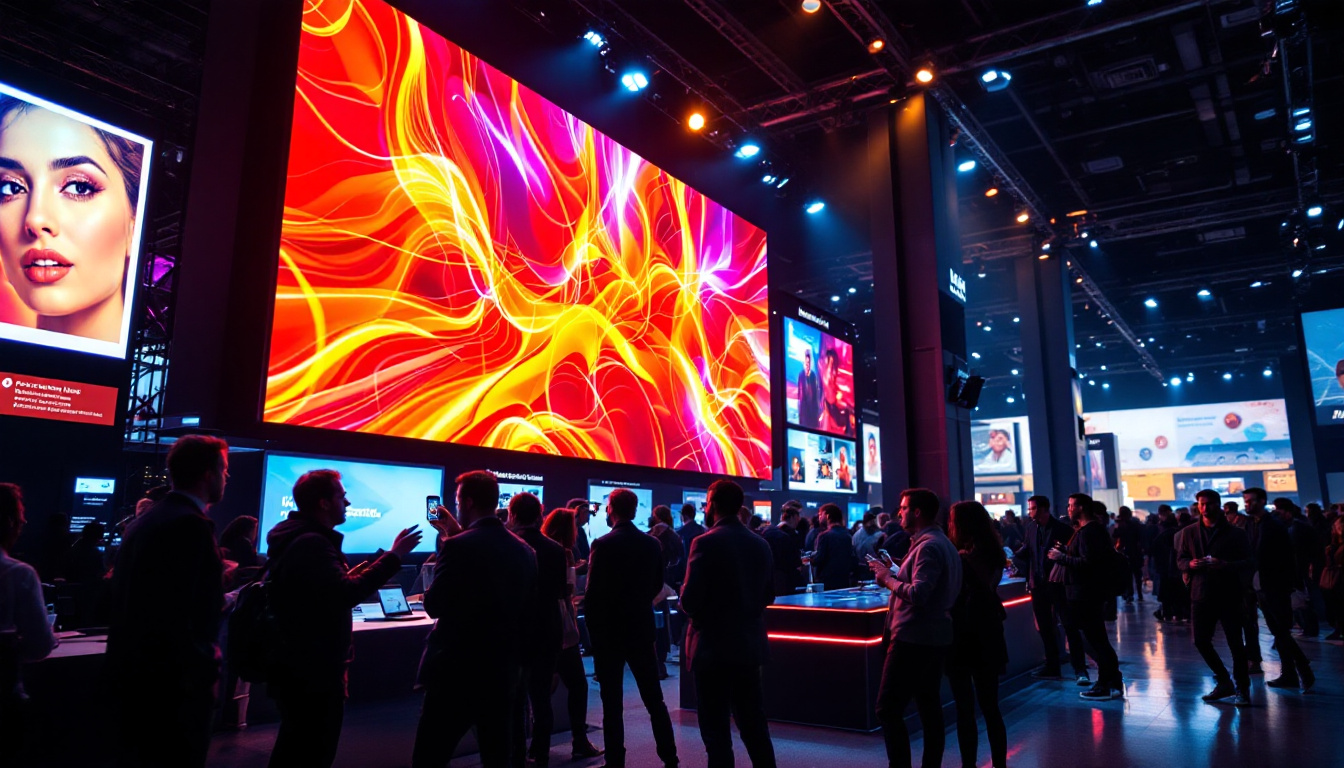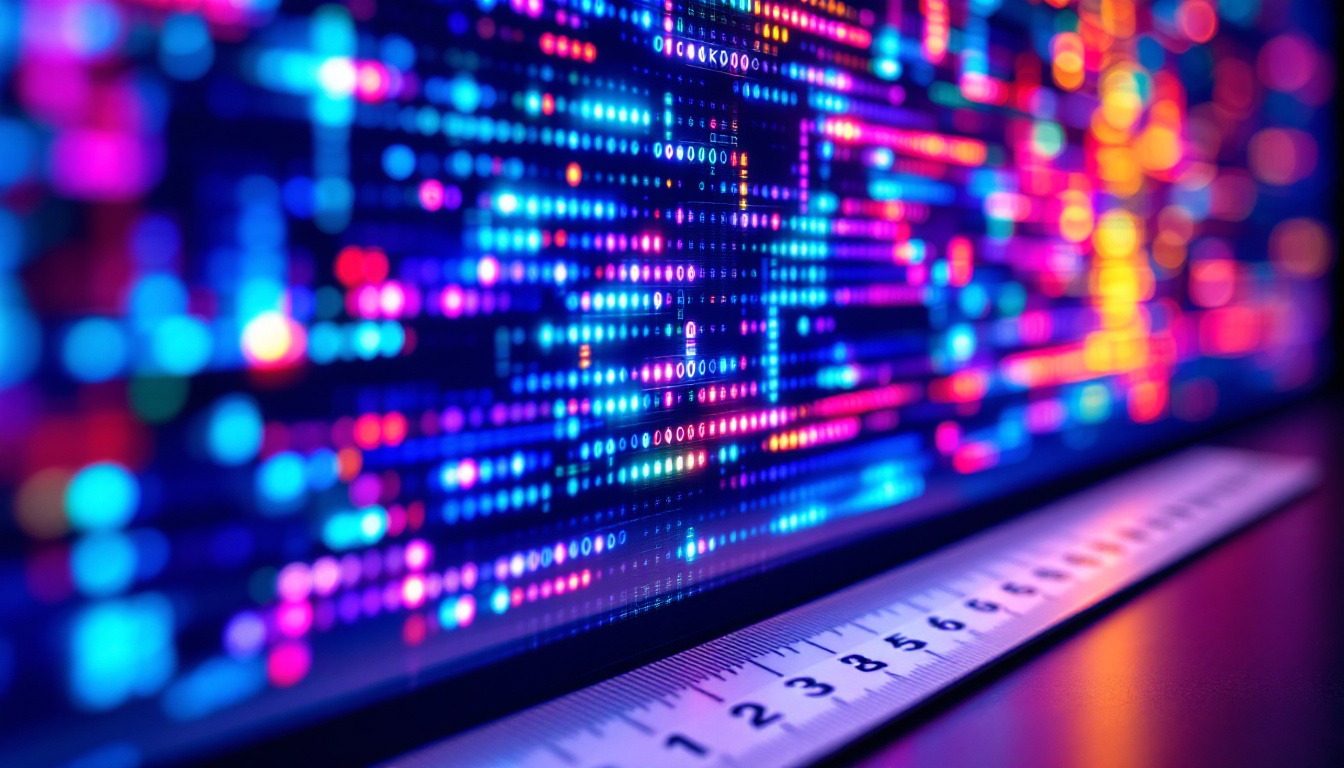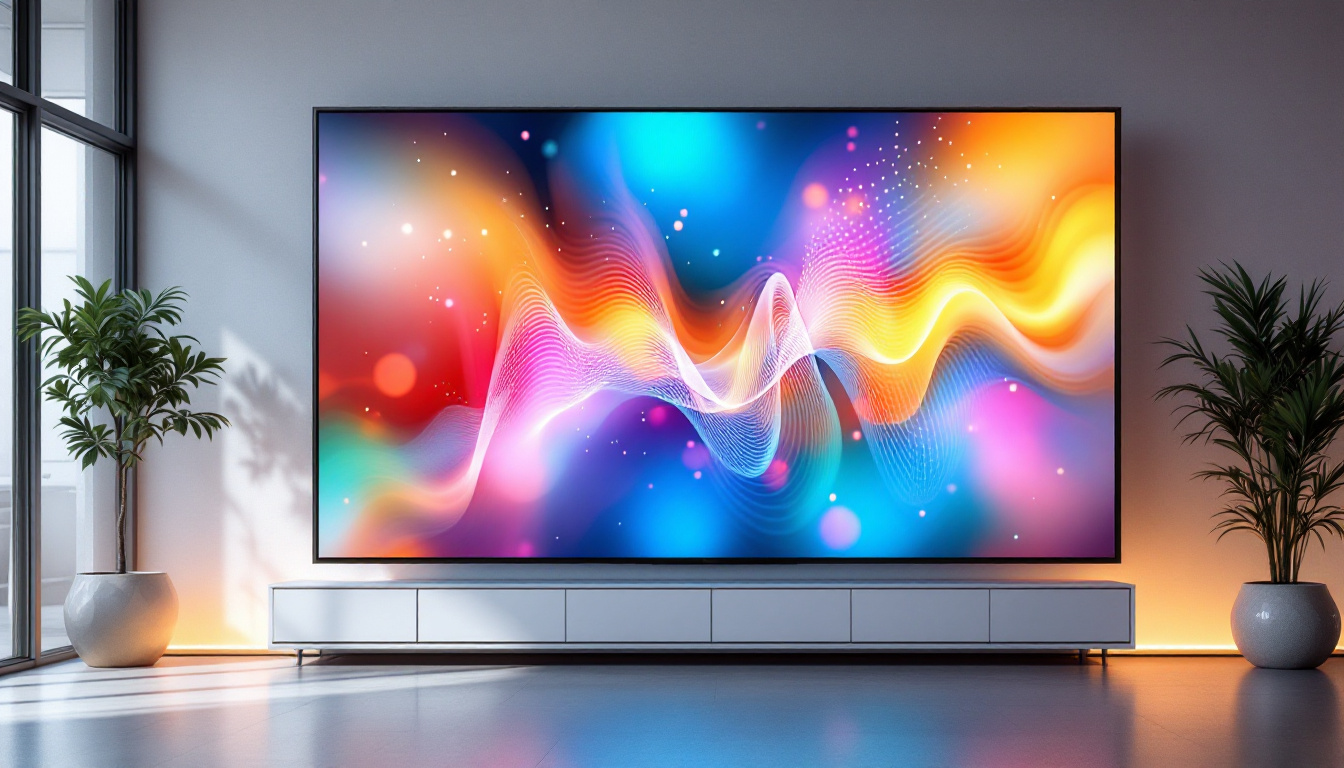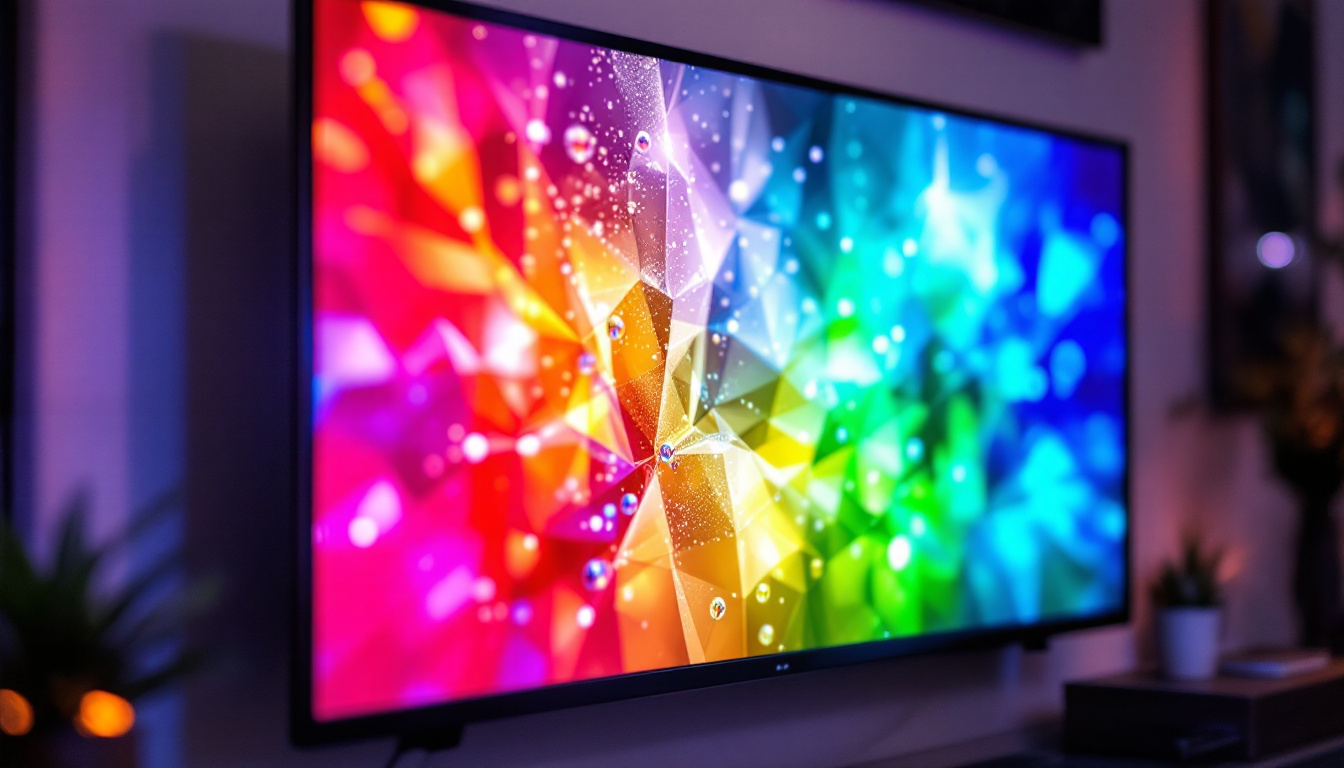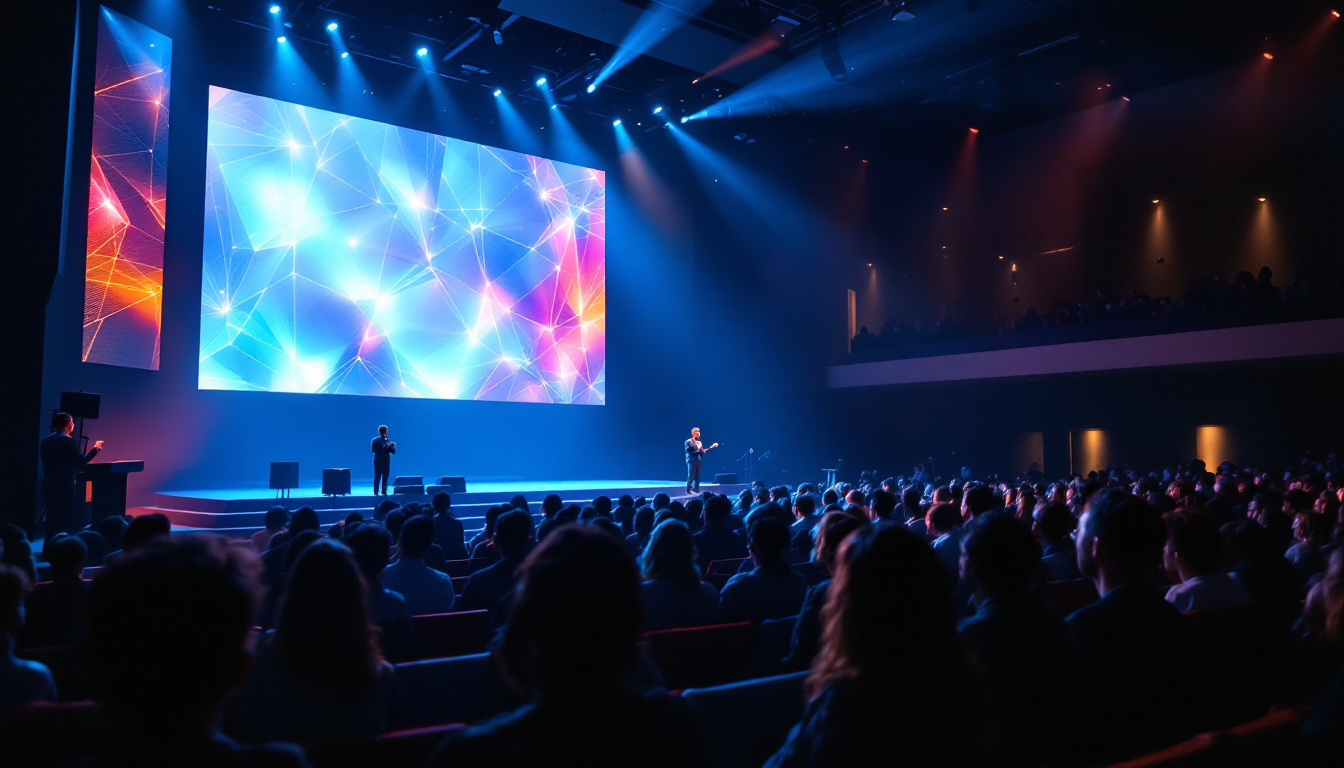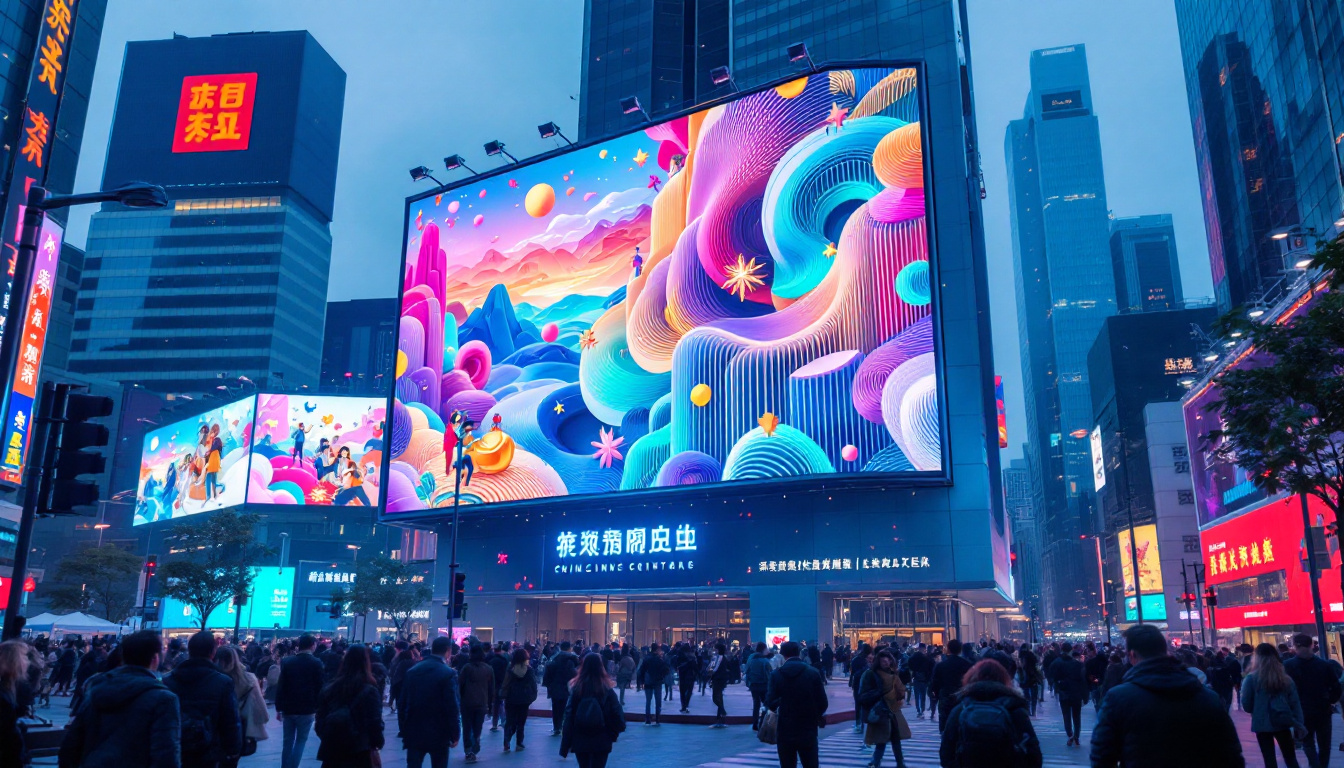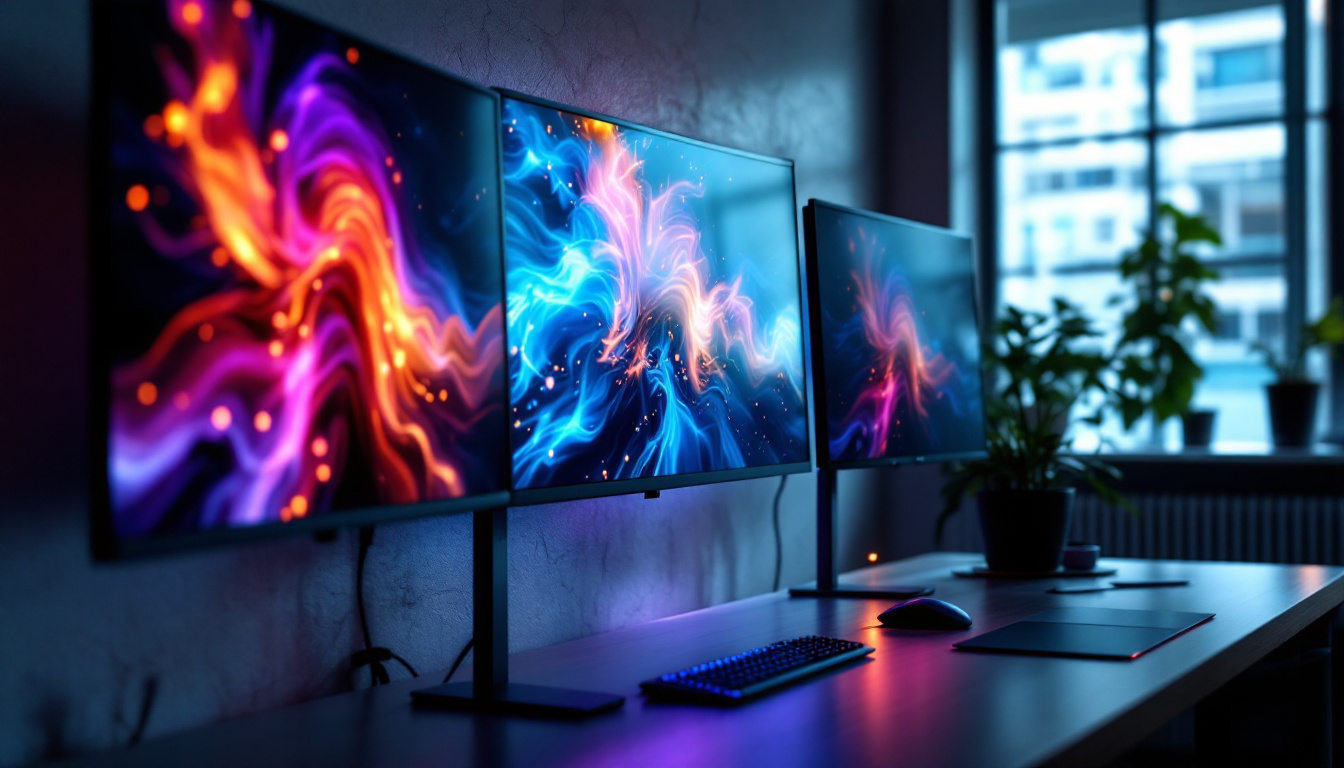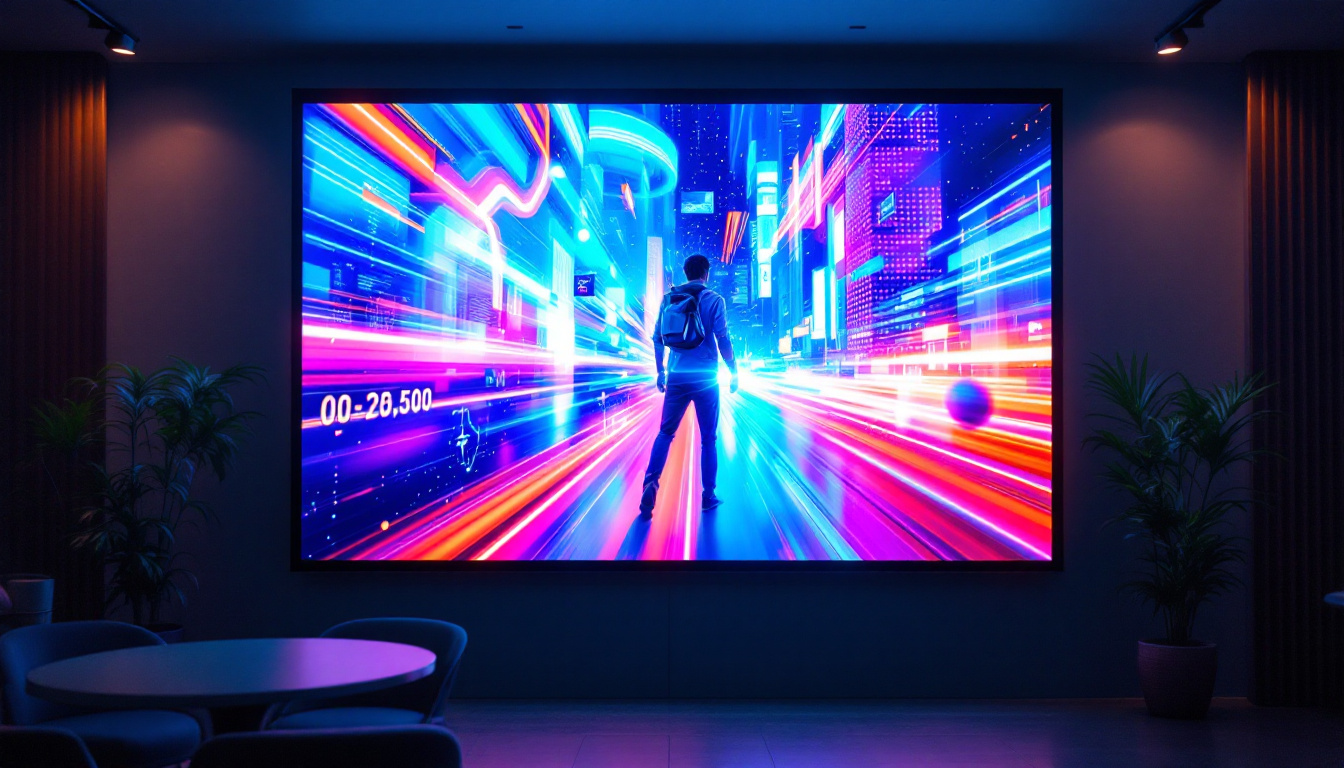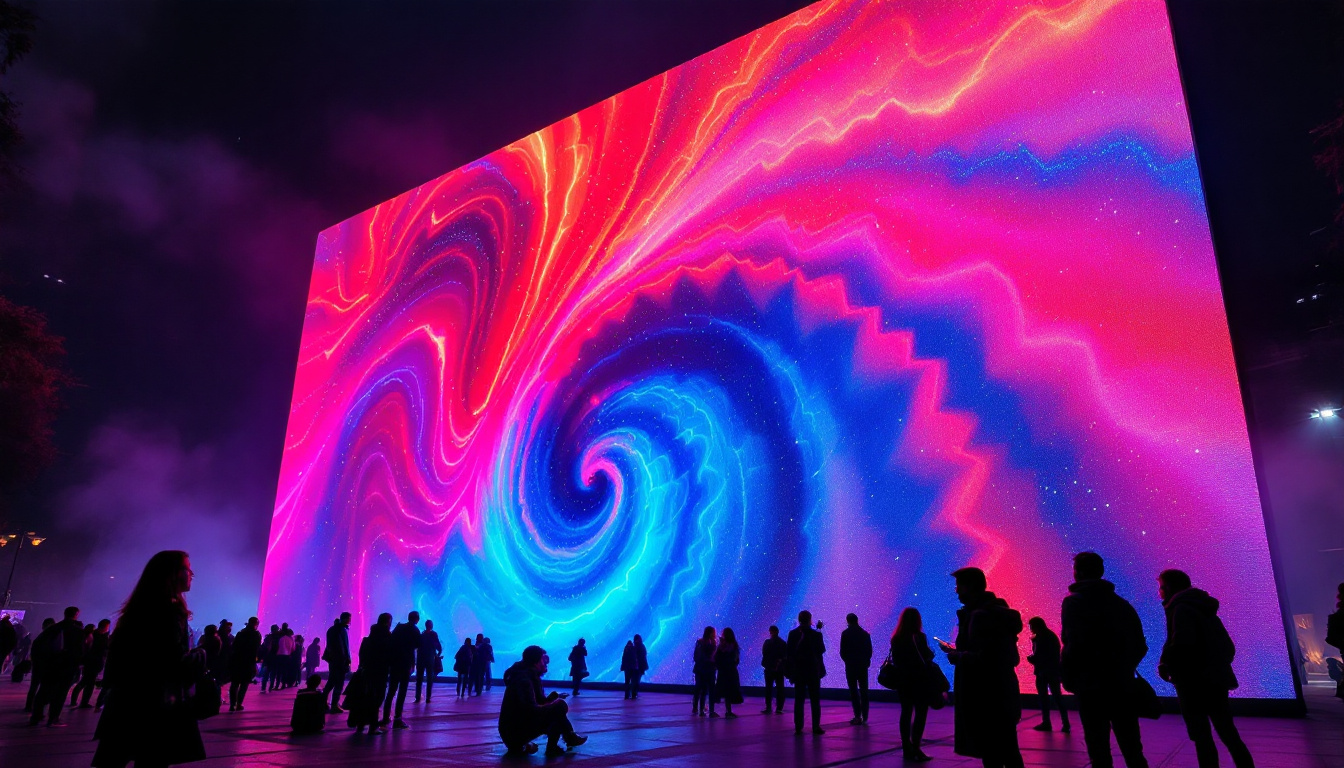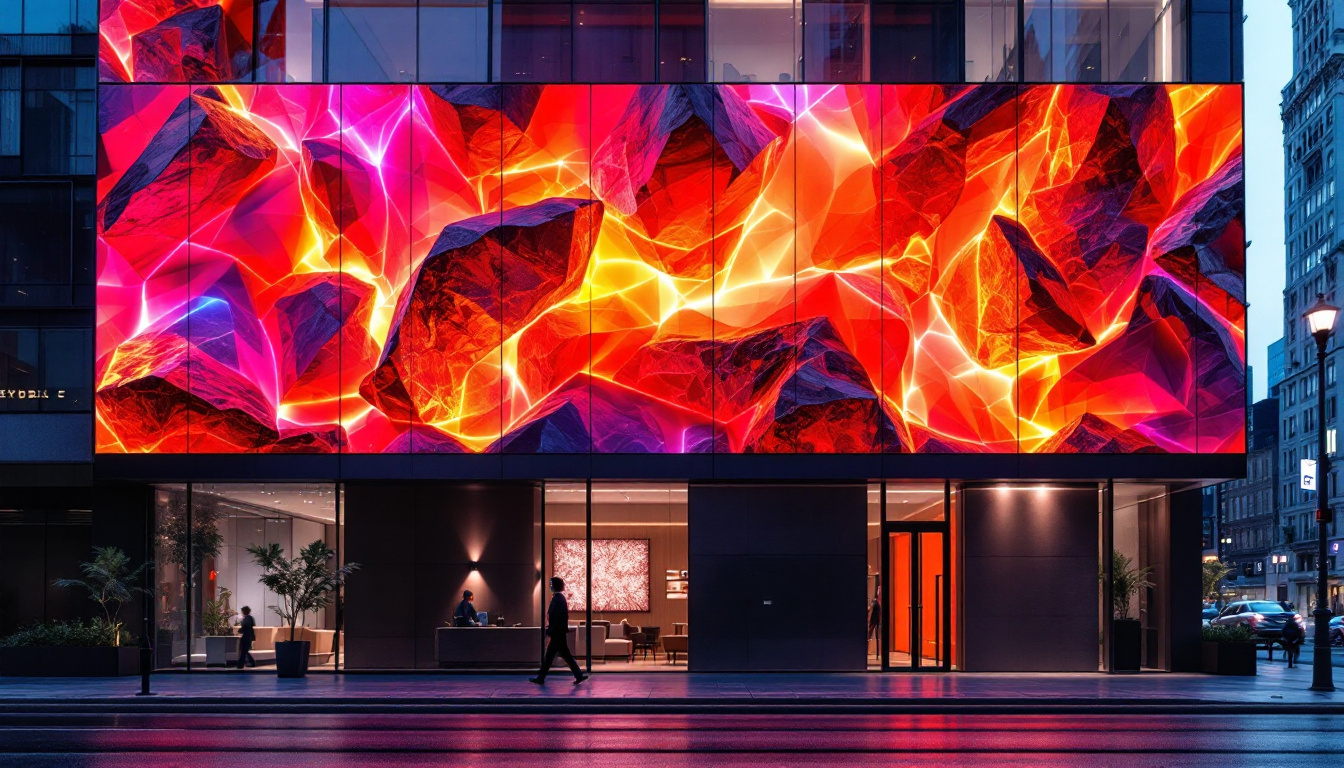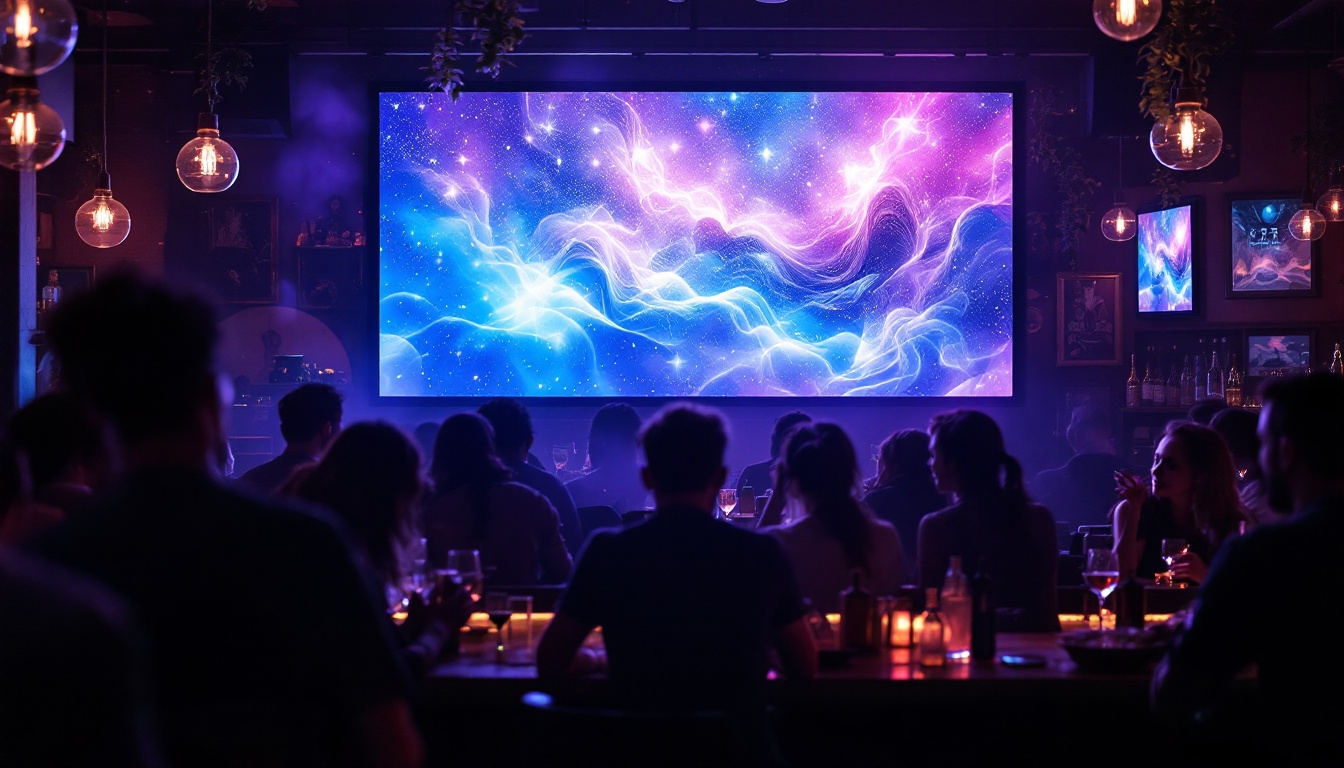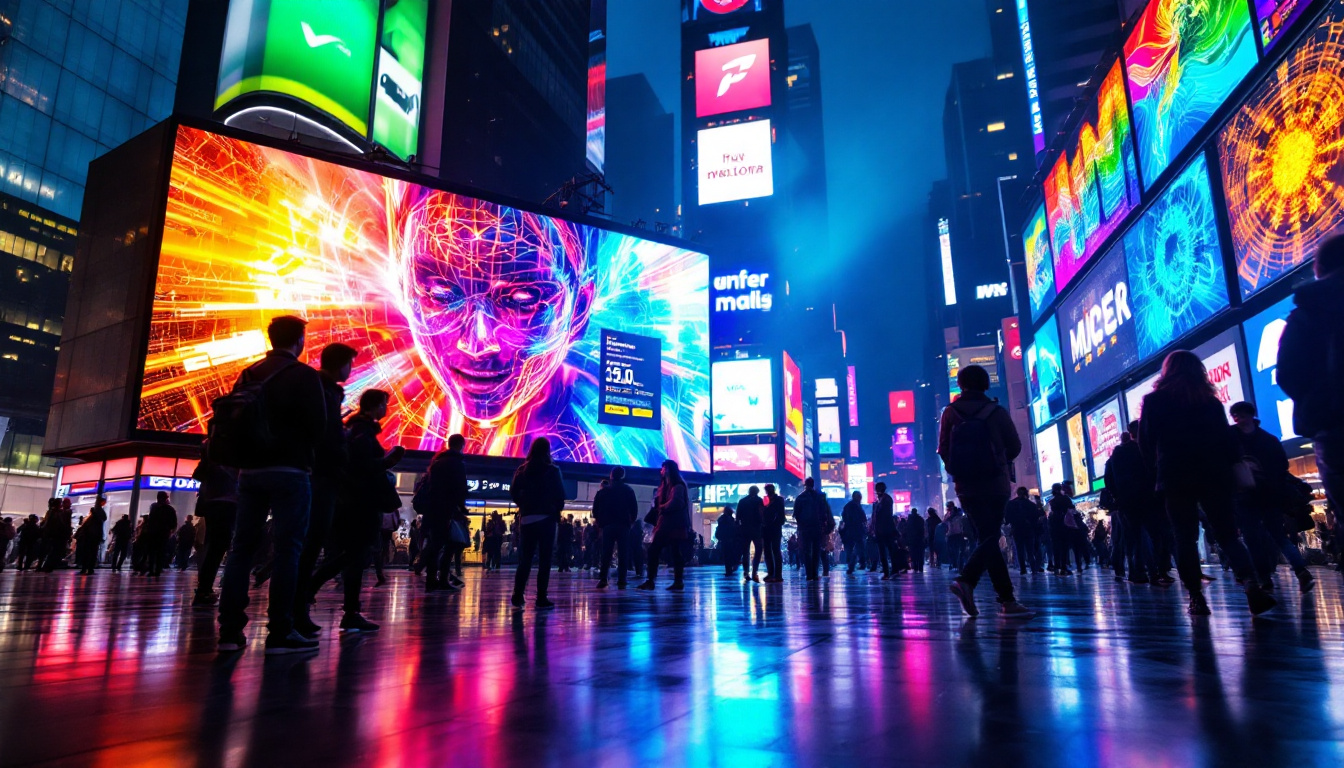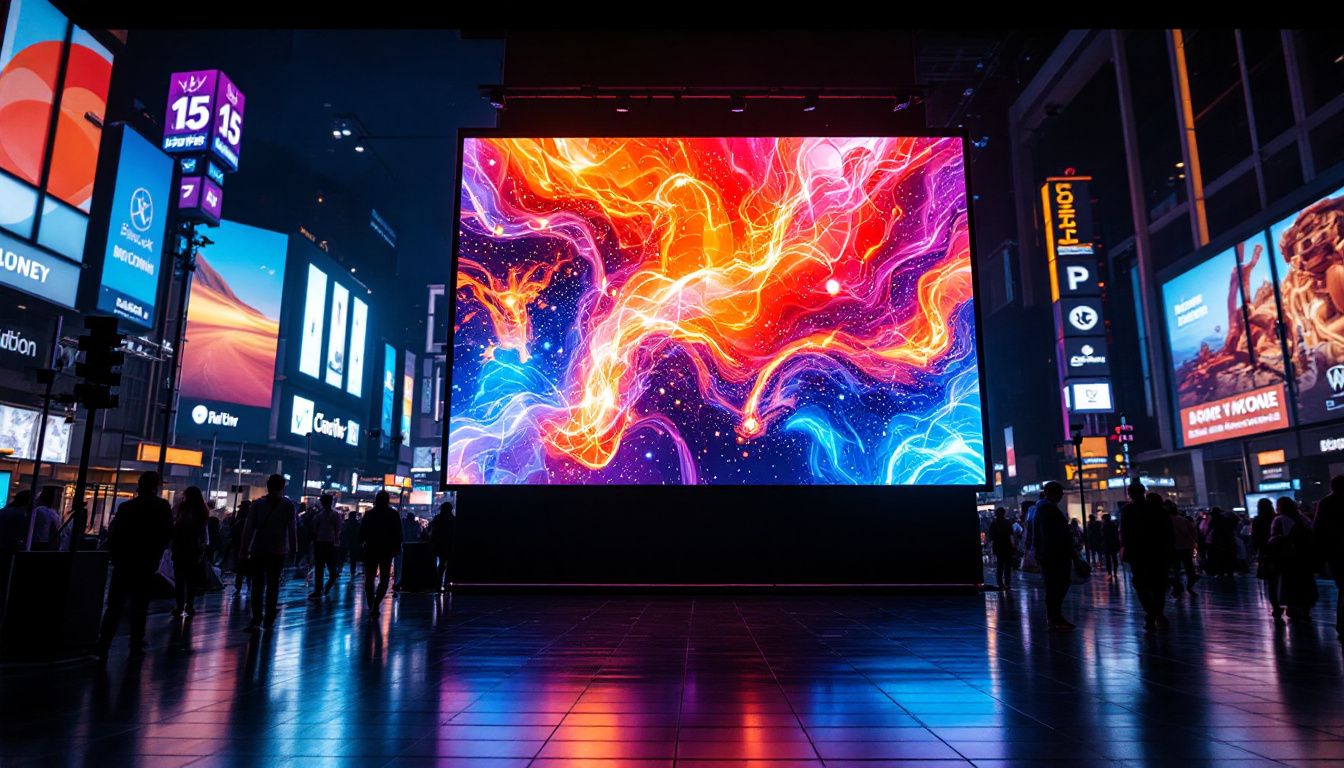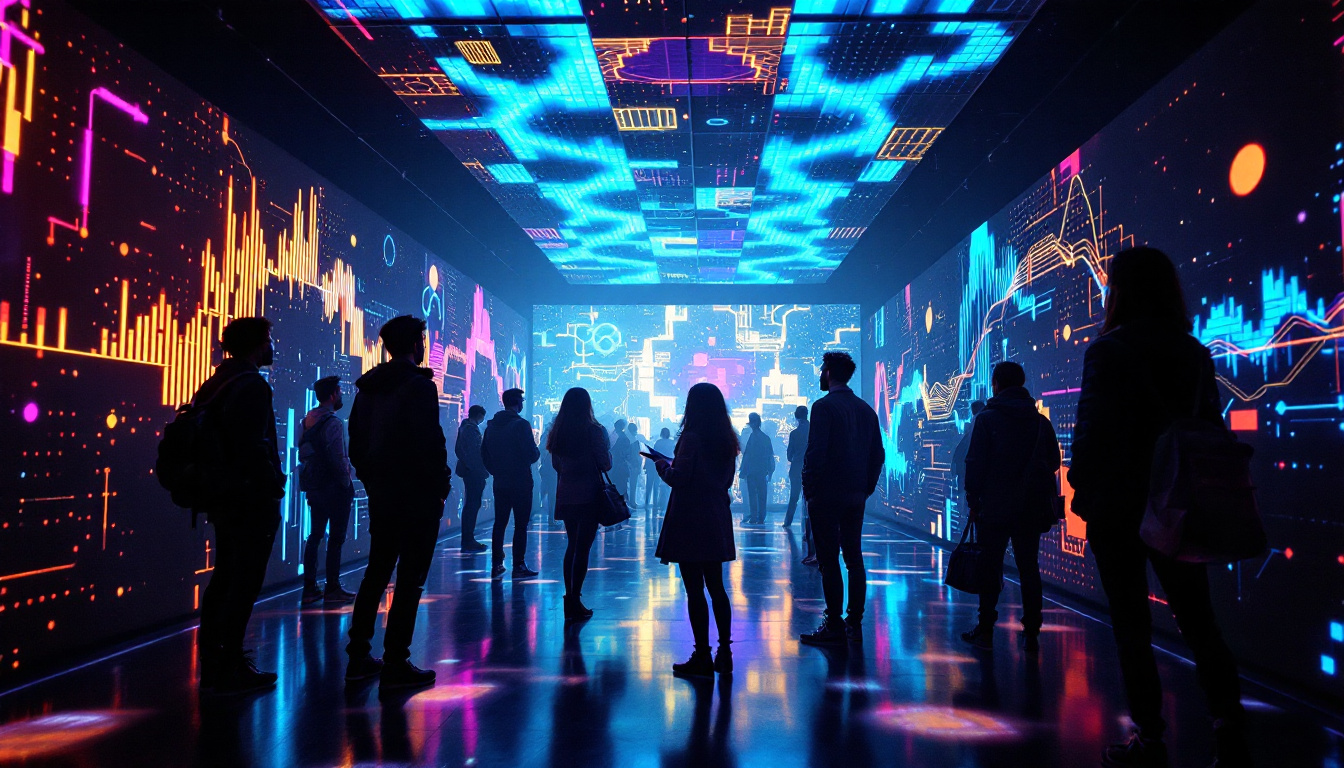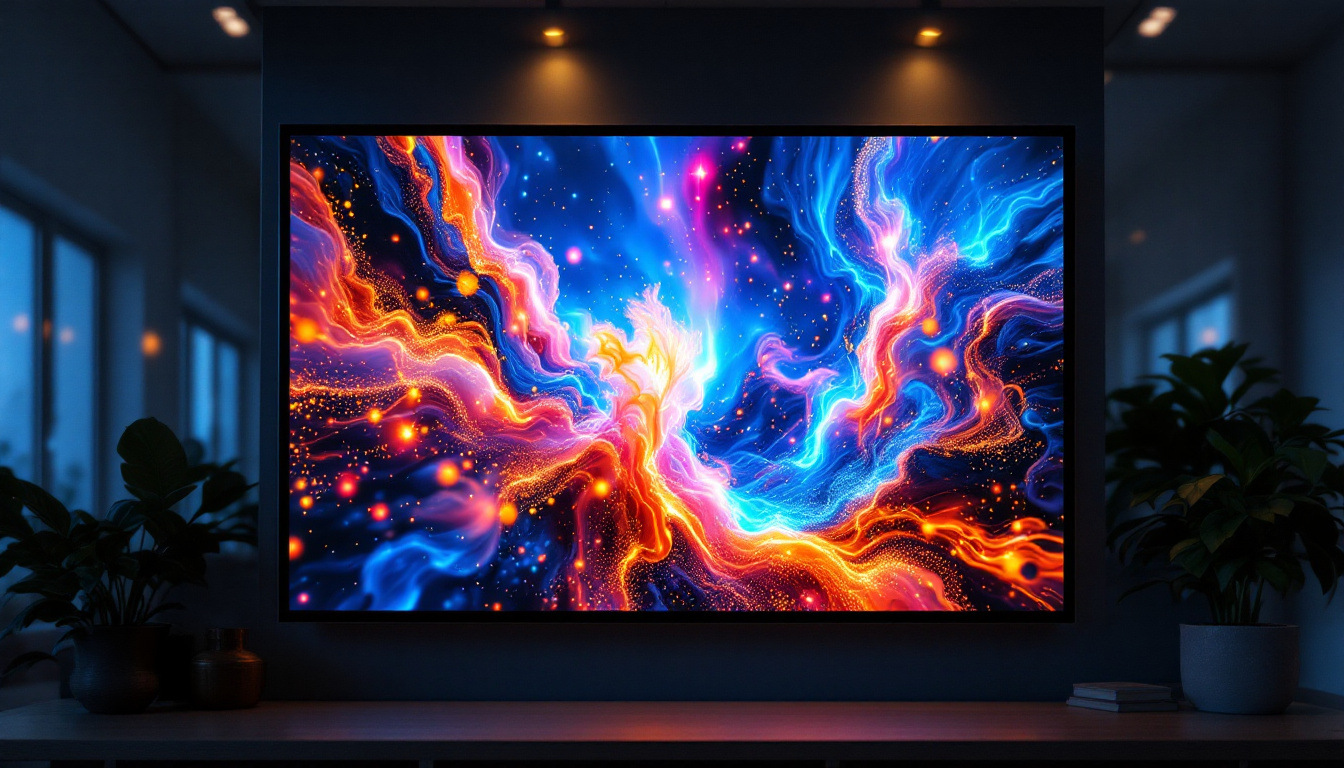In today’s fast-paced digital world, interactive computer screens have become an integral part of our daily lives. Among the various types of displays available, LED (Light Emitting Diode) technology stands out for its vibrant colors, energy efficiency, and versatility. This article delves into the intricacies of LED displays, exploring their functionality, applications, and advantages over traditional display technologies.
Understanding LED Technology
LED technology has revolutionized the way screens are designed and utilized. Unlike traditional LCD screens that rely on backlighting, LED displays use diodes to emit light directly. This fundamental difference not only enhances brightness but also improves color accuracy and contrast. As a result, LED screens can display vibrant images and videos that are more engaging and lifelike, making them a popular choice for everything from televisions to smartphones and digital signage.
How LED Displays Work
At the core of an LED display are tiny semiconductor diodes that emit light when an electric current passes through them. These diodes can produce different colors by varying the intensity of the current, allowing for a wide spectrum of hues. In most LED screens, red, green, and blue (RGB) diodes are combined to create the full range of colors visible to the human eye. This RGB combination is crucial for achieving the rich and dynamic visuals that modern consumers expect from their devices.
LED displays can be categorized into two main types: passive and active matrix. Passive matrix displays use a grid of conductors to control the pixels, while active matrix displays use a transistor for each pixel, providing faster response times and better image quality. This distinction is crucial for applications requiring high refresh rates, such as gaming and video editing. Furthermore, the advancements in technology have led to the development of high refresh rate displays, which can reach up to 240Hz, providing smoother motion and reducing motion blur, enhancing the overall viewing experience.
Types of LED Displays
LED displays come in various forms, each suited for different applications. The most common types include:
- Direct LED: These displays use LEDs placed directly behind the screen for backlighting, resulting in superior brightness and contrast. This type is particularly favored in environments with high ambient light, as it can maintain visibility without compromising quality.
- Edge-Lit LED: In this configuration, LEDs are placed along the edges of the screen, with light diffused across the display. This design is typically thinner and more energy-efficient, making it a popular choice for ultra-slim televisions and monitors.
- OLED (Organic LED): A newer technology where each pixel emits its light, allowing for deeper blacks and a wider viewing angle. OLED displays are often found in high-end televisions and smartphones. The self-emissive nature of OLED technology means that when a pixel is turned off, it produces true black, enhancing the overall contrast ratio and image depth.
In addition to these types, there are also specialized LED displays such as MicroLED and MiniLED. MicroLED technology utilizes microscopic LED chips to create a display that offers incredible resolution and color accuracy, while MiniLED enhances traditional LED backlighting by using smaller LEDs for more precise control over brightness and contrast. These innovations are pushing the boundaries of display technology, providing consumers with options that cater to their specific needs, whether for professional use or home entertainment.
Applications of LED Displays
The versatility of LED displays makes them suitable for a wide range of applications across various industries. From consumer electronics to large-scale advertising, LED technology is ubiquitous.
Consumer Electronics
In the realm of consumer electronics, LED displays are prevalent in televisions, computer monitors, and smartphones. Their ability to produce bright, vivid images makes them ideal for high-definition media consumption. Additionally, advancements in technology have led to the development of ultra-thin and flexible displays, further enhancing user experience. The integration of LED technology has also facilitated features such as high dynamic range (HDR) and faster refresh rates, which contribute to smoother motion and more lifelike visuals. As a result, gaming enthusiasts and movie lovers alike are increasingly drawn to devices that leverage these innovations, ensuring a truly immersive experience.
Advertising and Digital Signage
LED displays have transformed the advertising landscape, allowing businesses to engage customers with dynamic content. Digital billboards and signage can easily be updated, making them more effective than traditional static displays. The high brightness levels of LED screens ensure visibility even in direct sunlight, making them a popular choice for outdoor advertising. Moreover, the ability to incorporate video and animation into advertisements has revolutionized marketing strategies, enabling brands to capture attention in a crowded marketplace. Interactive LED displays are also gaining traction, allowing consumers to engage directly with the content, thus enhancing brand interaction and customer loyalty.
Medical and Industrial Applications
In medical settings, LED displays are used in diagnostic equipment and monitors, providing clear images for accurate assessments. Similarly, in industrial applications, LED screens are employed for monitoring systems and control panels, where real-time data visualization is crucial for operational efficiency. The reliability and longevity of LED technology make it an ideal choice for critical environments where downtime can lead to significant consequences. Furthermore, in the realm of telemedicine, LED displays facilitate remote consultations by providing high-quality video feeds, ensuring that healthcare professionals can deliver effective care regardless of geographical barriers. This adaptability underscores the importance of LED technology in enhancing both patient outcomes and operational workflows in healthcare settings.
Advantages of LED Displays
LED displays offer numerous advantages over traditional display technologies, making them a preferred choice for many applications. Understanding these benefits can help consumers make informed decisions when selecting a display.
Energy Efficiency
One of the most significant advantages of LED technology is its energy efficiency. LED displays consume considerably less power compared to LCD or plasma screens, leading to lower electricity bills and reduced environmental impact. This efficiency is particularly beneficial in commercial settings where screens are used for extended periods. Additionally, the lower heat output of LED displays means that they require less energy for cooling, further enhancing their overall efficiency and making them a more sustainable choice for businesses aiming to reduce their carbon footprint.
Longevity and Durability
LED displays are known for their longevity. With a lifespan often exceeding 50,000 hours, they outlast many traditional display technologies. This durability is complemented by their resistance to shock and vibration, making them suitable for various environments, including outdoor and industrial settings. Moreover, the robust construction of LED displays means they are less prone to burn-in issues that can plague other types of screens, ensuring that the quality of the display remains consistent over time. This reliability not only reduces the frequency of replacements but also contributes to lower maintenance costs, making LED displays a smart investment in the long run.
Superior Image Quality
LED displays provide exceptional image quality, characterized by high contrast ratios and vibrant colors. The ability to achieve deeper blacks and brighter whites enhances the viewing experience, making LED screens ideal for movies, gaming, and graphic design. Furthermore, advancements in technology have led to improved color accuracy, making them suitable for professional applications. The incorporation of features such as HDR (High Dynamic Range) allows for a wider range of colors and brightness levels, creating a more immersive visual experience. This capability is particularly advantageous in environments where visual detail is critical, such as in medical imaging or architectural visualization, where precision and clarity are paramount.
Challenges and Considerations
While LED displays offer numerous benefits, there are also challenges and considerations to keep in mind. Understanding these factors can help users make the best choice for their needs.
Cost Implications
One of the primary challenges associated with LED displays is their initial cost. Although prices have decreased over the years, high-quality LED screens can still be more expensive than their LCD counterparts. However, the long-term savings in energy costs and durability often justify the initial investment.
Viewing Angles and Color Consistency
Another consideration is the viewing angle. While many LED displays offer wide viewing angles, some models may exhibit color shifting or brightness loss when viewed from extreme angles. This can be particularly important in applications where multiple viewers are present, such as in conference rooms or classrooms.
The Future of LED Display Technology
The future of LED display technology looks promising, with ongoing advancements poised to enhance performance and expand applications. Innovations in microLED and miniLED technologies are paving the way for even higher resolution displays, while improvements in energy efficiency are expected to continue.
MicroLED Technology
MicroLED technology represents a significant leap forward in display capabilities. Each pixel is made up of microscopic LEDs, allowing for incredible resolution and color accuracy. This technology promises to deliver displays that are not only brighter but also more energy-efficient than traditional LED screens.
Integration with Augmented and Virtual Reality
As augmented reality (AR) and virtual reality (VR) technologies gain traction, LED displays are being integrated into these immersive experiences. Flexible and transparent LED screens are being developed to create interactive environments that blend the digital and physical worlds, offering exciting possibilities for gaming, education, and training.
Conclusion
Interactive computer screens utilizing LED technology have transformed the way we interact with digital content. With their energy efficiency, durability, and superior image quality, LED displays are well-suited for a myriad of applications, from consumer electronics to industrial use. While challenges such as initial costs and viewing angles exist, the advantages often outweigh the drawbacks.
As technology continues to evolve, the future of LED displays promises even greater innovations, enhancing user experiences across various sectors. Understanding the intricacies of LED technology is essential for making informed decisions, whether for personal use or business applications. Embracing this technology can lead to more engaging and efficient interactions in an increasingly digital world.
Explore the Future of Visual Engagement with LumenMatrix
Ready to elevate your visual experience? Discover how LumenMatrix’s innovative LED display solutions can transform your space. Whether you’re looking to enhance brand visibility with an Indoor LED Wall Display, captivate passersby with an Outdoor LED Wall Display, or create dynamic visual experiences with our range of Custom LED Displays and more, LumenMatrix is your partner in revolutionizing visual communication. Check out LumenMatrix LED Display Solutions today and step into the future of engaging, high-impact digital signage.


